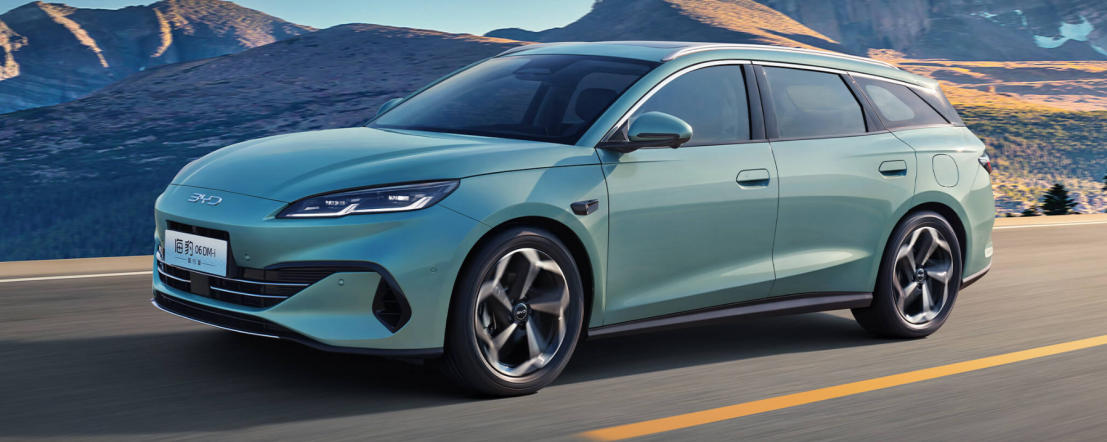According to a recent report by consulting firm AlixPartners, out of 129 brands selling electric vehicles and plug-in hybrid vehicles in the Chinese market, only 15 are expected to achieve financial sustainability by 2030. The intense competition is likely to lead to a reshuffling of the automotive industry in China, forcing many brands out of the market. AlixPartners indicated that by 2030, these top 15 brands will hold approximately 75% of the market share for pure electric and plug-in hybrid vehicles, with each brand expected to sell an average of 1.02 million units annually. However, the report did not disclose the specific names of these brands. Stephen Dyer, head of AlixPartners' Asia automotive business, noted that the integration process in China's automotive industry may be relatively slow compared to other global markets, primarily due to local governments continuing to support some non-competitive brands for regional economic, employment, and supply chain considerations. Dyer commented, 'China is one of the most competitive new energy vehicle markets in the world, characterized by fierce price wars, rapid technological updates, and a constant influx of new entrants, which raises the industry threshold. While this environment has driven significant advancements in technology and cost efficiency, it has also made it difficult for many companies to achieve sustainable profitability.' The global largest automotive market is currently facing dual challenges of price wars and severe overcapacity, putting immense pressure on companies' profitability. Data shows that, apart from BYD and Li Auto, other listed Chinese electric vehicle manufacturers have not achieved annual profitability. Although Chinese regulators have urged automakers to cease price wars, Dyer estimates that this competition may persist, shifting from direct price cuts to 'implicit' discounts such as insurance subsidies and zero-interest loans. He pointed out that last year, the average capacity utilization rate of Chinese automotive factories dropped to 50%, the lowest level in a decade, further pressuring corporate profits.
Only 15 EV Brands Expected to Survive in China's Competitive Market by 2030

Share this post on: